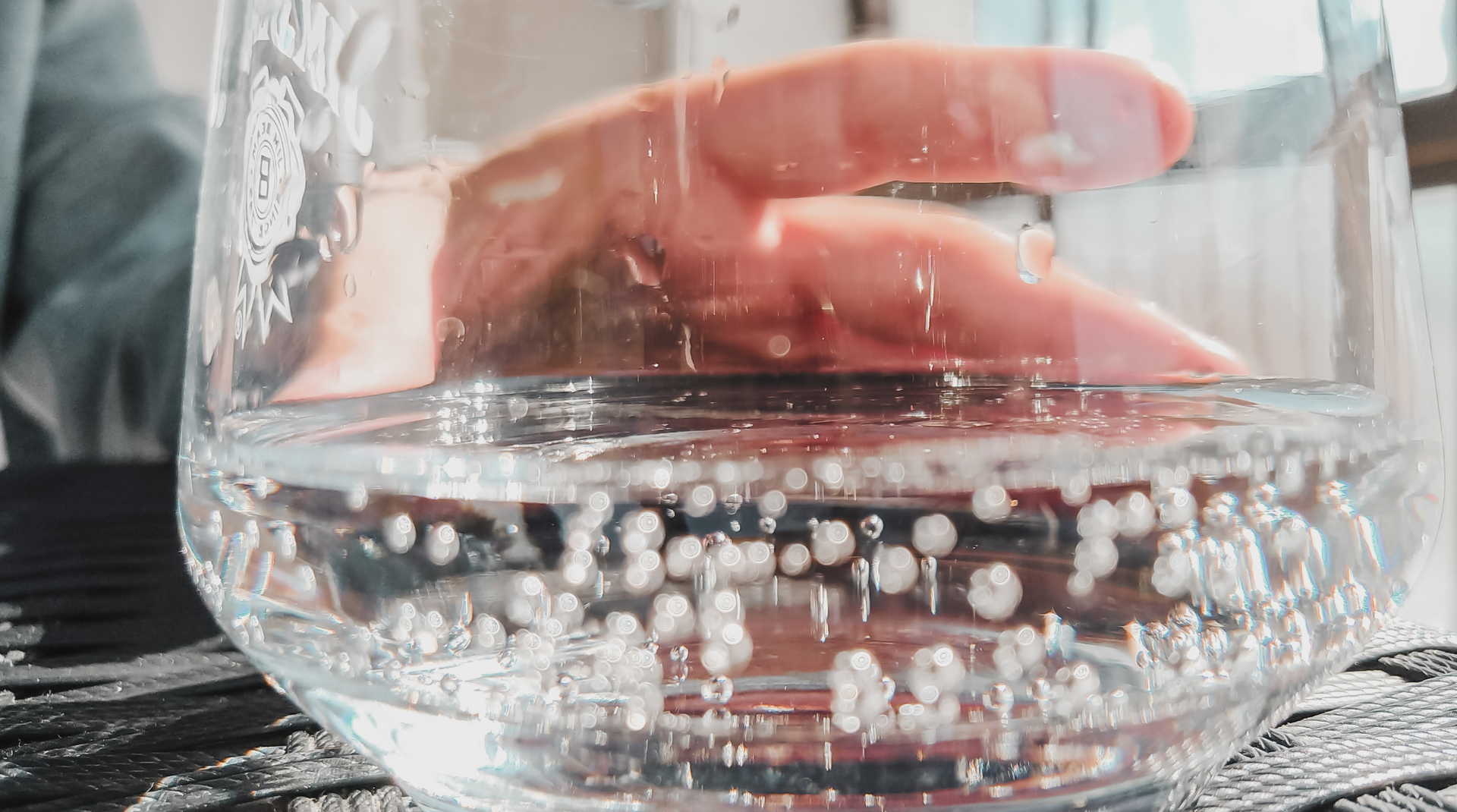How to Choose the Right Treatment to Straighten Your Teeth
Do you sometimes feel that having misaligned, crooked, or gapped teeth are dragging down your confidence? While we’re all for self-love and embracing our imperfections, a beautiful smile can make you feel more confident and help you leave a great first impression. And that starts with a set of healthy, straight, and damage-free teeth. Besides aesthetics, correcting teeth misalignment also helps prevent long-term dental health issues.
If you are planning to get traditional braces or Invisalign, you will be making a smart decision for both yourself and your smile. Now the question is, which one is better for me – traditional braces or Invisalign?
Braces are a traditional orthodontic treatment used to correct misaligned teeth and jaws. They are composed of metal or ceramic brackets attached to the front of each tooth. There are wires and elastic bands that move the teeth into proper alignment over time.
Depending on the severity of the case, the time will vary, but typically they need to be worn for about one to three years. Braces can also help improve bite issues (also known as malocclusion) by helping to move the teeth into a more ideal position. Braces will help to correct overcrowding, gaps, and help prevent future wear and recession with the proper bite.
Types of Braces
There are five major types of braces available today, such as:
Ceramic braces
These are made of clear or tooth-colored materials and are less visible than metal braces.
Lingual braces
These are placed behind your teeth, making them virtually invisible to others.
Clear aligners
These are removable, clear plastic aligners that you change. Invisalign falls under this category.
Metal or traditional braces
These are the most common type of braces and consist of metal brackets with elastic bands.
What Are Traditional Braces?
Traditional braces are the oldest type of orthodontic treatment. They involve metal brackets attached to each tooth, connected with an archwire that runs across your teeth. The brackets can be made of stainless steel or titanium.
The elastic bands (or “ligatures”) wrapped around the bracket hold the wire in place. On the other hand, the tiny rubber bands called “o-ringers” connect the archwire to the bracket. This helps move your teeth into the correct position as you adjust them with regular visits to your orthodontist.
During these visits, your orthodontist will adjust the wire or replace the elastics for a more comfortable fit. Traditional braces are typically worn for 12 to 36 months, depending on the severity of your case.
What Are the Benefits of Traditional Braces?
Here are the advantages of traditional braces to help answer the question, “Do braces work better than Invisalign?”
They can correct severe dental issues
Traditional braces can help to correct some of the more complex orthodontic cases that require oral surgery to correct skeletal discrepancies.
They are more affordable
Traditional braces are usually less expensive than Invisalign treatments.
They cannot be accidentally lost
The metal brackets are fixed to the teeth while Invisalign is removable. Thus, it is possible that you can accidentally misplace or throw out your clear aligners.
What Are the Drawbacks of Traditional Braces?
Below are the disadvantages of traditional braces you also should consider in your decision-making process:
Longer treatment time
This answers the question of many, “Do braces work faster than Invisalign?” Traditional braces provide force to each tooth individually, unlike Invisalign, which moves all teeth at once. This means the treatment process could take longer.
More food restrictions
Since braces are affixed to your teeth and can’t be removed when eating, you have to avoid certain types of foods that may damage or break them or get stuck in the wires and brackets. This includes sticky and hard foods like caramel, gum, and nuts.
More visits to your dentist
Braces require regular adjustments, so you must visit your dentist more often. It’s usually recommended to go every four to six weeks, which is quite inconvenient for those who have busy schedules or often travel out of town or country.
Visible appearance
This is one of the major drawbacks of traditional braces, as they are highly visible when you talk and smile. Some, especially adults, can find this a source of embarrassment.
What Is Invisalign?
Invisalign is an increasingly popular teeth-straightening system that uses clear, removable aligners or trays to shift your teeth into the desired position gradually. The Invisalign system uses 3D computer imaging technology to create a series of custom-made aligners designed specifically for you. These aligners are made from a smooth, comfortable plastic material and worn over your teeth.
Invisalign patients must wear aligners at least 22 hours a day, and change into the new aligners on a timeline set by your provider. This cycle continues until you complete your treatment with fewer check-up appointments with your treating dentist. You have to remove them when you’re eating, drinking (except water), or completing your routine dental hygiene regimen.
Invisalign clear aligners can address many dental issues, including:
Bite problems, such as open bites, underbites, or crossbites
Spacing between the teeth
Misalignment
Crooked or crowded teeth
What Are the Benefits of Invisalign Aligners?
Is Invisalign better than braces? Here are the advantages of Invisalign treatments to help you decide:
Virtually invisible
Since they use plastic aligners, they are less visible. This is helpful for patients who don’t want to show metal brackets and wires in their mouths when smiling or speaking.
Oral health is easier to maintain
Since Invisalign trays are removable, you can brush and floss your teeth normally. This means you don’t have to worry about food getting stuck
Easier to clean
As mentioned, they can be removed for cleaning so you can clean them easily and thoroughly. However, with metal braces, you need to spend extra time and caution cleaning around the brackets and wires.
More comfortable to wear
The smooth plastic material used for the Invisalign trays will be less likely to cause irritation to your mouth, cheeks, and gums compared to the traditional metal braces with the sharp brackets and wires.
Fewer food restrictions
Since they have to be removed for eating, you can eat whatever you want without worrying about damaging them. But as a rule of thumb, you should still avoid sugary foods and beverages because they can increase the risk of decay in your natural teeth.
Fewer visits to your dentist
Because Invisalign aligners don’t require regular adjustments, you only need to see your dentist for periodic check-ups.
What Are the Drawbacks of Invisalign?
Below are some of the cons of Invisalign:
Higher costs
Invisalign aligners can cost more than traditional braces.
They can be inconvenient
Unlike braces, Invisalign aligners must be worn at least 22 hours per day, or else the treatment will have delayed success. They need to be removed for eating and practicing daily oral hygiene. It is also required to brush your teeth after each meal before placing the aligners back on, which can create inconvenience for most.
It may not be suitable for very severe malocclusion.


